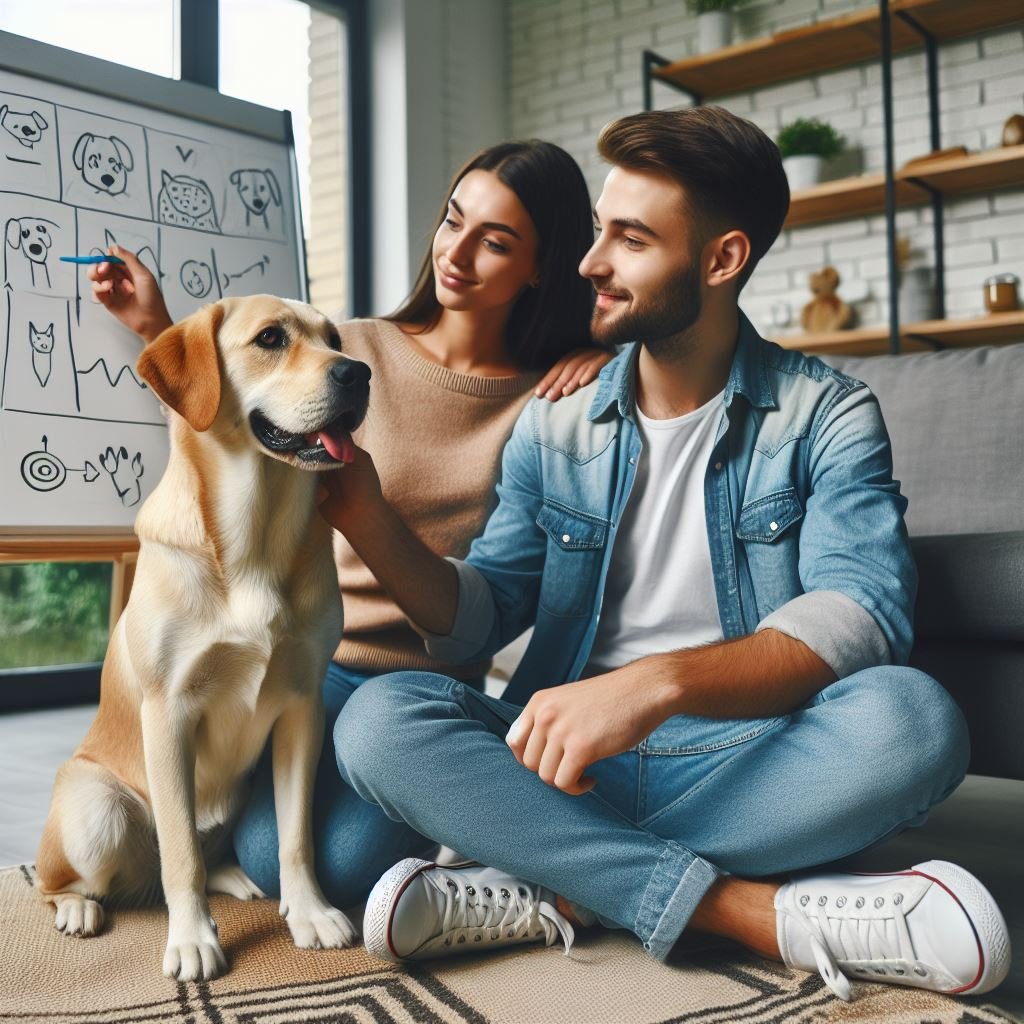Does your dog growl, snarl, or lunge? Understanding canine body language is crucial in recognizing the signs of aggression and preventing altercations. This article explores common body language cues and how to interpret them, reinforcing the information from the primary article on identifying dog aggression.
Why is understanding dog body language important?

As responsible dog owners, it is our duty to ensure the safety of our pets and those around them. Recognizing and understanding dog body language is essential in preventing aggressive incidents and maintaining harmonious relationships with our furry friends.
Dogs communicate through a combination of vocalizations, facial expressions, and body postures. By paying attention to these cues, we can gain insight into their emotional state and respond accordingly. This is particularly important when it comes to aggression, as it allows us to intervene before a situation escalates.
Common body language cues of aggression
1. Growling: Growling is a clear warning sign that a dog is feeling threatened or uncomfortable. It is their way of saying, “Back off!” If you hear your dog growling, it’s important to respect their boundaries and give them space.
2. Snarling: Snarling is a more intense form of growling, often accompanied by bared teeth. It is a clear indication that a dog is ready to defend itself if necessary. Never approach a dog that is snarling, as it is a sign of imminent aggression.
3. Lunging: When a dog lunges, it is attempting to move aggressively towards a target. This could be a person, another dog, or even an object. Lunging is a serious warning sign and should not be taken lightly.
4. Stiff body posture: A dog that is standing stiffly with its tail held high and ears forward may be displaying signs of aggression. This posture indicates that the dog is on high alert and ready to react.
5. Direct eye contact: Dogs use eye contact to communicate dominance or aggression. If a dog is staring directly at you or another dog without blinking, it is a sign that they are challenging or threatening.
How to interpret dog body language

Understanding dog body language goes beyond recognizing individual cues. It also involves interpreting the overall context and considering the dog’s breed, age, and previous experiences. Here are some guidelines to help you interpret your dog’s body language:
1. Look for a combination of cues: Dogs rarely communicate using a single gesture. Instead, they use a combination of cues to convey their emotions. Pay attention to the overall picture rather than focusing on isolated behaviors.
2. Consider the context: A dog’s body language can vary depending on the situation. For example, a wagging tail does not always indicate friendliness. It could also be a sign of excitement or arousal. Consider the context in which the behavior is occurring to get a better understanding of your dog’s intentions.
3. Seek professional help if needed: If you are unsure about your dog’s body language or if you suspect aggression, it is always best to seek guidance from a professional dog trainer or behaviorist. They can provide personalized advice and help you address any underlying issues.
Conclusion
Understanding dog body language is an essential skill for every dog owner. By recognizing the signs of aggression and knowing how to interpret them, we can prevent altercations and create a safe environment for our pets and those around them. Remember to always prioritize the well-being of your dog and seek professional help when needed.
